Orient Resonance
Forgotten music, living music
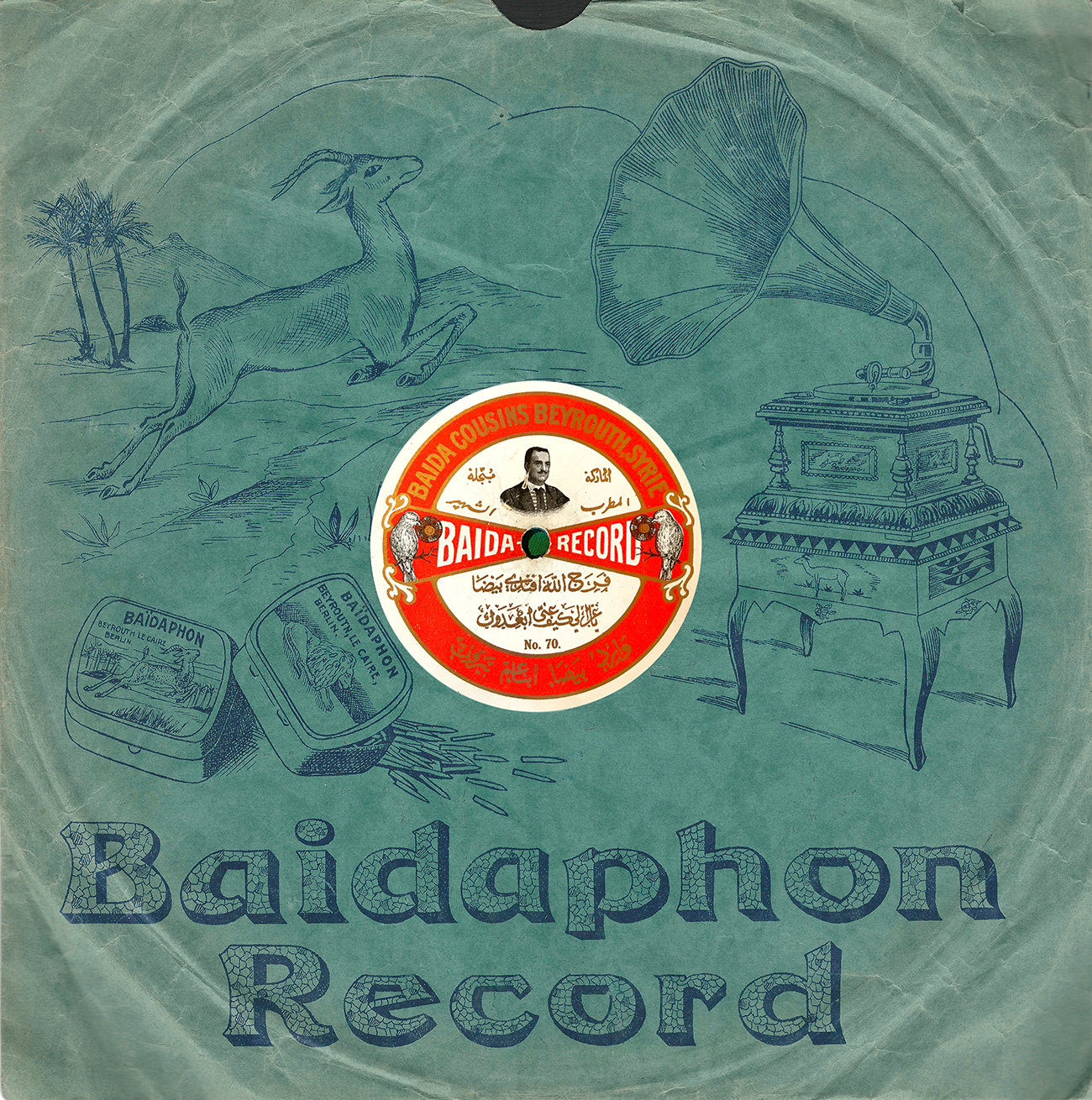

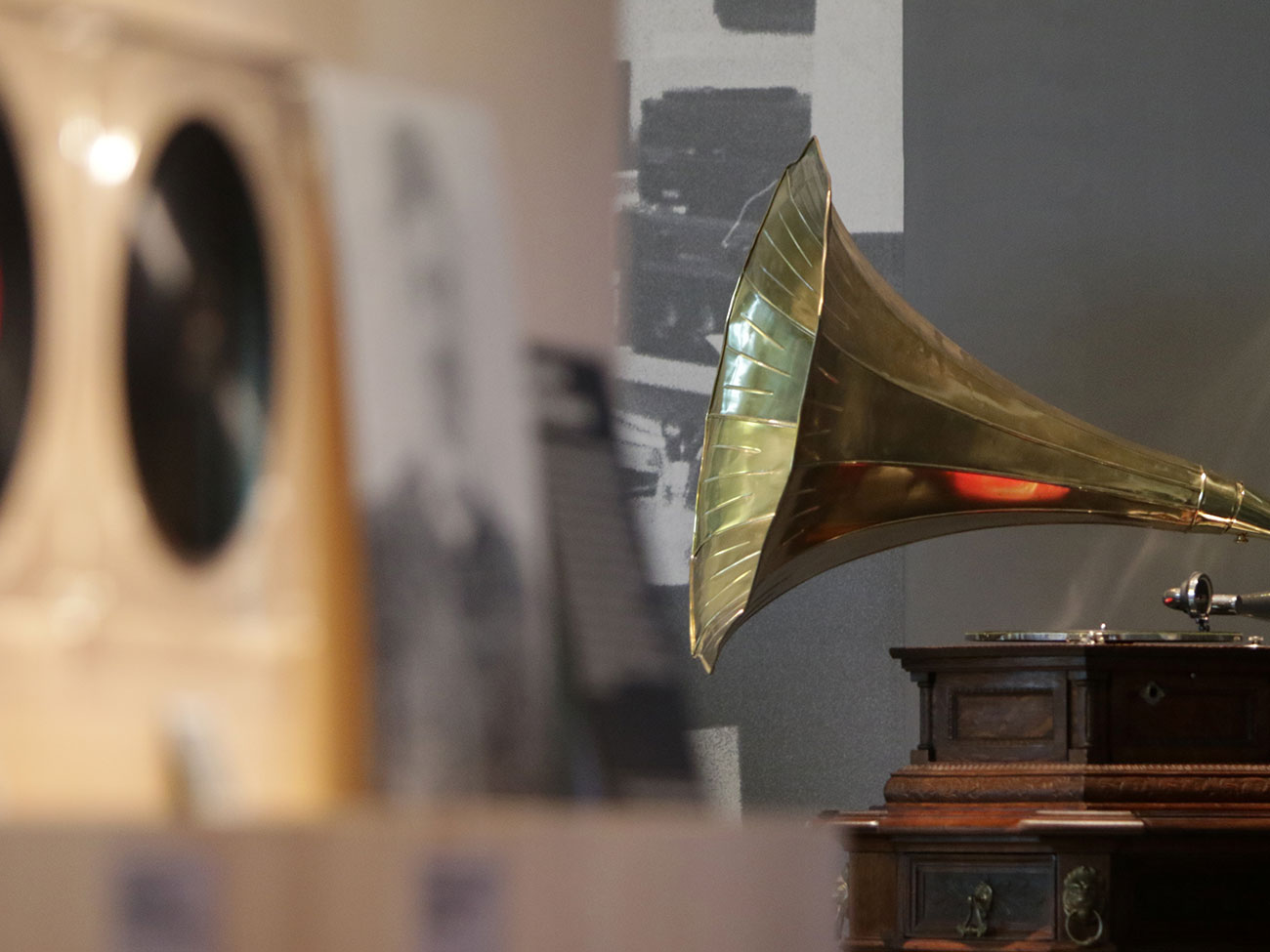
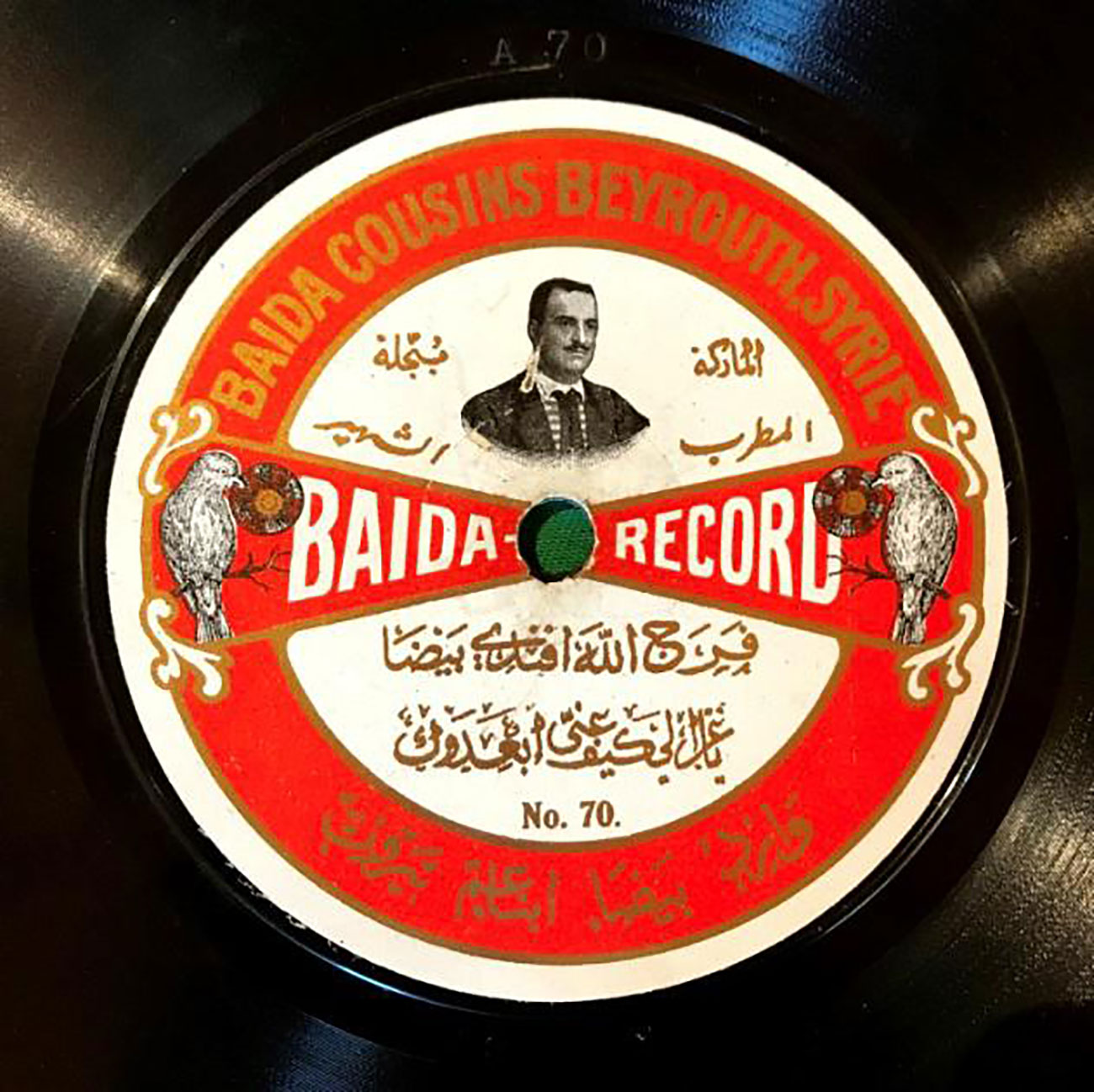
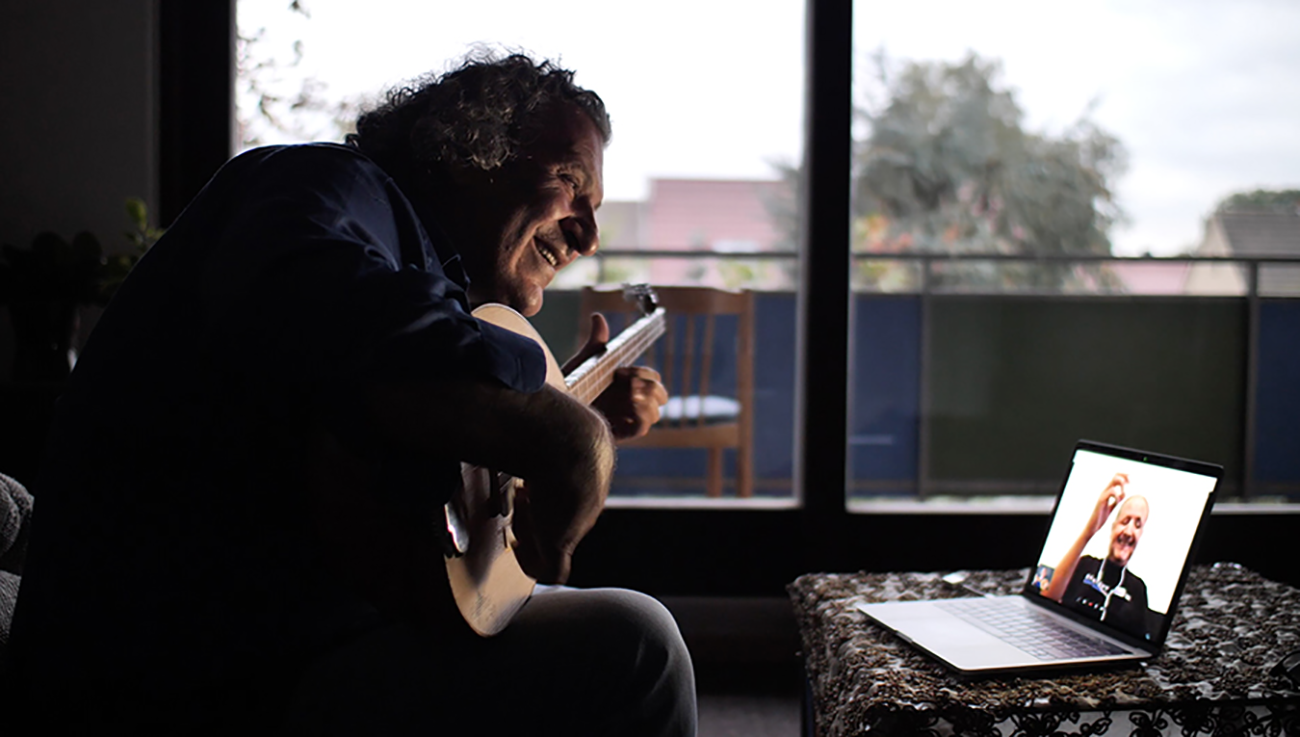
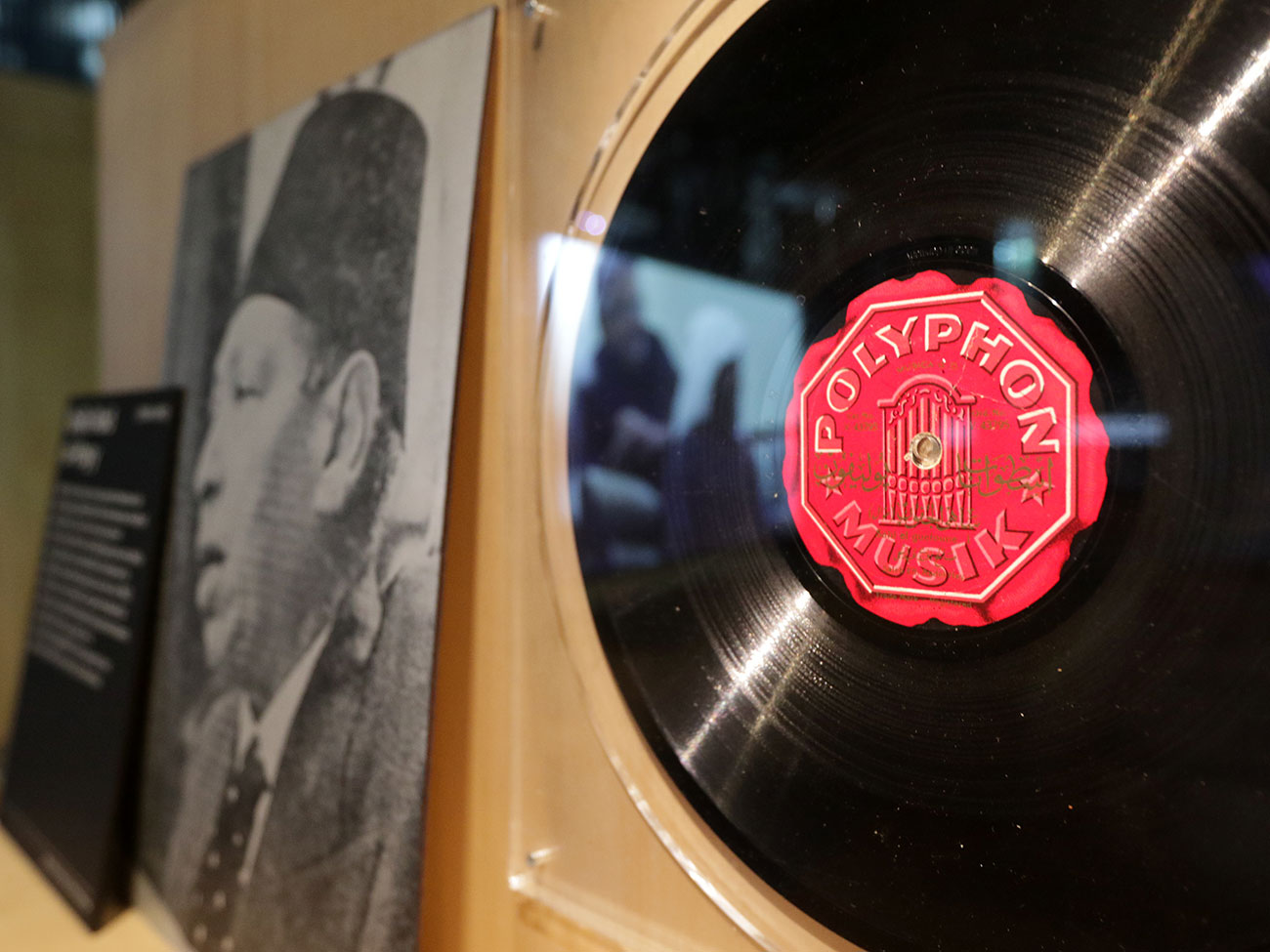
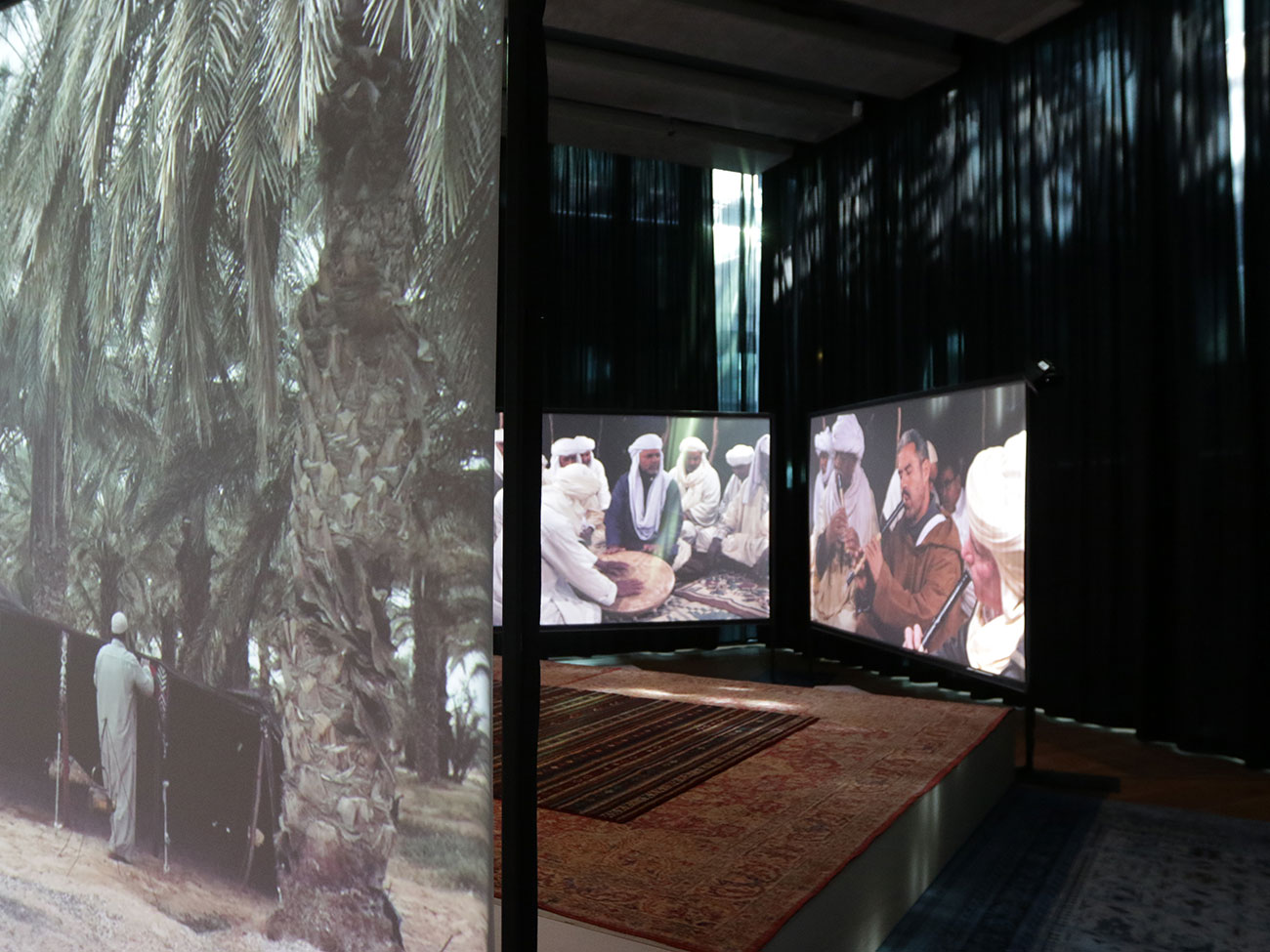
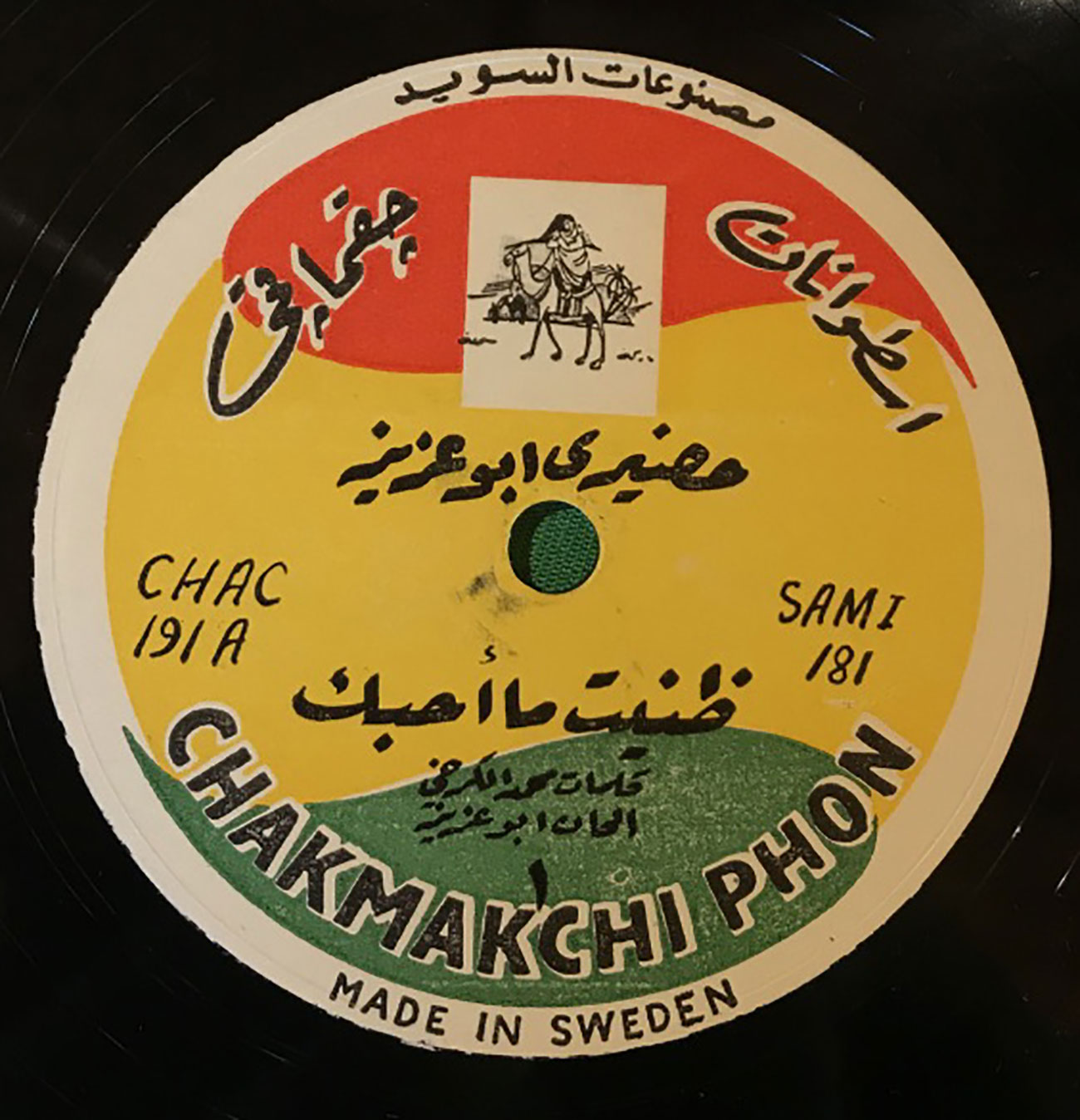
Based on the exceptional richness of the collections at the Amar Foundation, the exhibition “Orient Resonance” is an opportunity to hear and learn about the history of endangered Arab musical traditions and how they are being preserved. From the record companies of yesteryear to contemporary videos, visitors are led in a rediscovery of a forgotten heritage.
The exhibition begins with the first “safeguarding” of Arab sound heritage, which took place in the early 20th century via the history of Western record companies. In 1903, they made the first recording of Arab music as they were extending their markets to the Arab world, before being rapidly followed by local companies in the region. A selection of sixty rare 78 discs covering a wide variety of musical genres are presented in this section. From 1930 onward, the form of Arab music began to change radically and these discs and their music fell into oblivion. Today, digitisation work undertaken by the Amar Foundation from 2009 allows us to rediscover these recordings.
The exhibition also presents, in the form of video installations, 12 endangered, oral musical traditions that have been preserved thanks to unprecedented research, documentation, and recording work carried out in the field between 2016 and 2019. From Iraq to North Africa via the Gulf, they bear witness to the diversity of sounds, songs, and rhythms in Arab music, whether secular or sacred, popular or scholarly. Today, they remain at risk due to wars and political upheavals, the persecution of ethnic and religious minorities, globalisation, and changing mores.
In this way, the exhibition is an opportunity to reflect on the preservation of an endangered, centuries-old cultural heritage and of the possibilities offered by new technologies in its safeguarding. Can oral musical tradition be preserved from oblivion in this way?
“Orient Resonance” is laid out as a room for listening and watching. Immersed in the midst of voices and instruments, and music and moving images, visitors are invited to delve into a deep, sensual, musical elsewhere, by discovering a living experience of the musical traditions of the Arab world.
—Curation:
Kamal Kassar, head exhibition curator
Founder of the AMAR foundation for Arab music archiving and research
Fadi Yeni Turk, exhibition co-curator
Filmmaker and director of photography
—Artistic direction:
Pierre Giner
With the support of the Arab Fund for arts and culture
Travel with music in the exhibition
Please come with your own headphones to truly appreciate the musical journey of the exhibition “Sound Orient” with the app specially created by Pierre Giner and Trafik for the exhibition.
Discover
Interview with Kamal Kassar and Fadi Yeni Turk, curators of the exhibition
Based on the exceptional richness of the collections at the Amar Foundation, the exhibition “Orient Resonance” is an opportunity to hear and learn about the history of endangered Arab musical traditions and how they are being preserved. From the record companies of yesteryear to contemporary videos, visitors are led in a rediscovery of a forgotten heritage.
The exhibition begins with the first “safeguarding” of Arab sound heritage, which took place in the early 20th century via the history of Western record companies. In 1903, they made the first recording of Arab music as they were extending their markets to the Arab world, before being rapidly followed by local companies in the region. A selection of sixty rare 78 discs covering a wide variety of musical genres are presented in this section. From 1930 onward, the form of Arab music began to change radically and these discs and their music fell into oblivion. Today, digitisation work undertaken by the Amar Foundation from 2009 allows us to rediscover these recordings.
The exhibition also presents, in the form of video installations, 12 endangered, oral musical traditions that have been preserved thanks to unprecedented research, documentation, and recording work carried out in the field between 2016 and 2019. From Iraq to North Africa via the Gulf, they bear witness to the diversity of sounds, songs, and rhythms in Arab music, whether secular or sacred, popular or scholarly. Today, they remain at risk due to wars and political upheavals, the persecution of ethnic and religious minorities, globalisation, and changing mores.
In this way, the exhibition is an opportunity to reflect on the preservation of an endangered, centuries-old cultural heritage and of the possibilities offered by new technologies in its safeguarding. Can oral musical tradition be preserved from oblivion in this way?
“Orient Resonance” is laid out as a room for listening and watching. Immersed in the midst of voices and instruments, and music and moving images, visitors are invited to delve into a deep, sensual, musical elsewhere, by discovering a living experience of the musical traditions of the Arab world.
—Curation:
Kamal Kassar, head exhibition curator
Founder of the AMAR foundation for Arab music archiving and research
Fadi Yeni Turk, exhibition co-curator
Filmmaker and director of photography
—Artistic direction:
Pierre Giner
With the support of the Arab Fund for arts and culture
Travel with music in the exhibition
Please come with your own headphones to truly appreciate the musical journey of the exhibition “Sound Orient” with the app specially created by Pierre Giner and Trafik for the exhibition.
Discover

Interview with Kamal Kassar and Fadi Yeni Turk, curators of the exhibition





